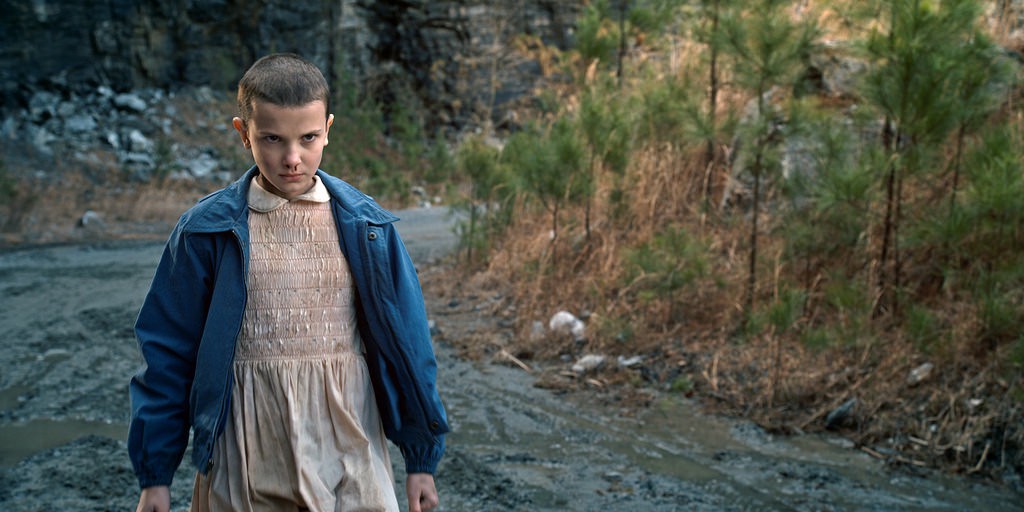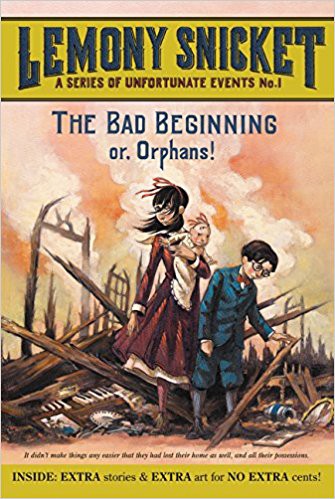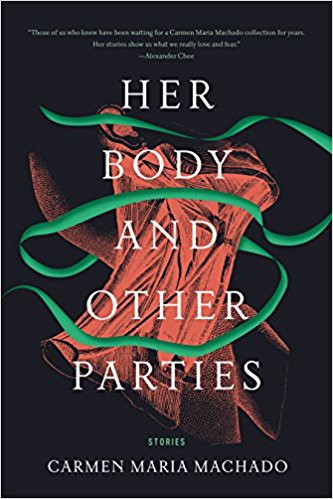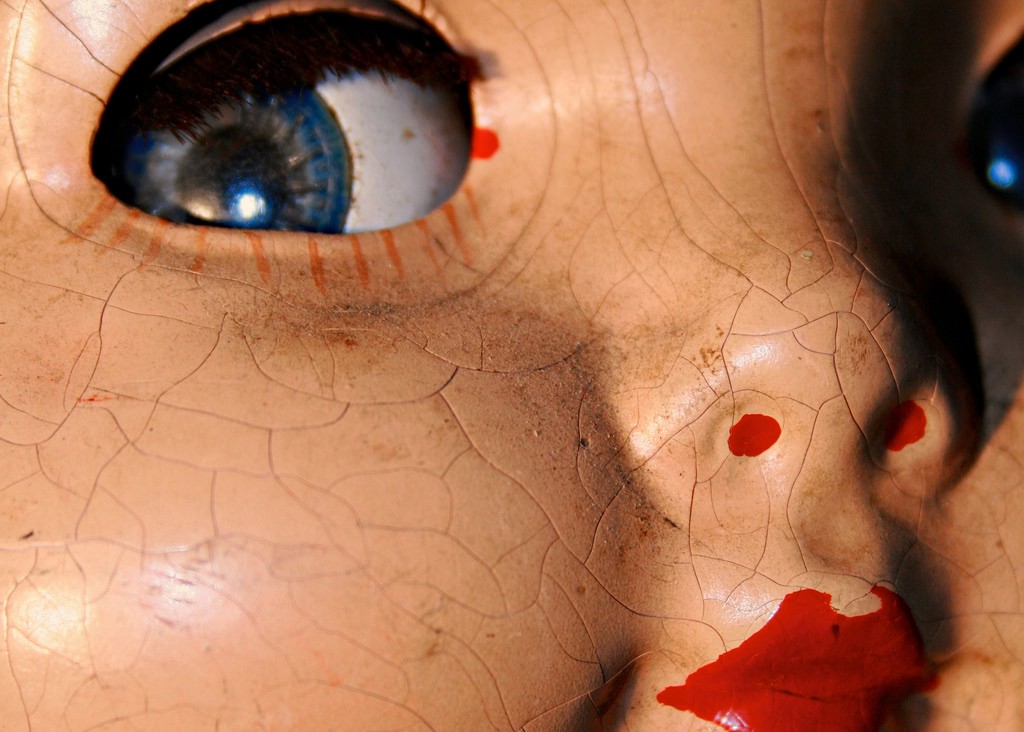Reading Lists
The 7 Scariest Little Girls in Literature
What are little girls made of? Sugar, spice, and everything that will kick your ass

Electric Lit is just $4,000 away from our year-end fundraising goal of $35,000! We need to hit this target to get us through the rest of 2025, and balance the budget for 2026. Please give today! DONATE NOW.
The breakout star of Netflix’s Stranger Things is Eleven (or, as we now know, Jane, but she’ll always be Eleven in our hearts). In her pink frock with the Peter Pan collar, she looks sweet and sometimes even canonically “girly.” But she can also move a truck with her mind, or open a portal to the Upside Down, or simply make you pee yourself. She’s terrifying. Everyone loves her. She’s our friend, and she’s crazy.
What makes the scary little girl so sensational? Films, especially, come back to the vacant-eyed and terrifying child again and again: from Wednesday Addams to the Shining twins, they stare directly at you while you shove popcorn into your mouth and try not to grab a neighboring stranger’s arm. Sometimes they’re evil, but not always; the terror doesn’t solely come from them meaning you harm. These little girls are scary because they can’t be manipulated, because they refuse to conform to the role of the female child: sugar and spice, seen and not heard. They’re scary because they’re powerful, but also because they’re not supposed to be.
This list collects powerful and frightening young women of literature, who refuse to stay in their sweet and innocent box. With these girls, what you expect is not what you get, and what you get might fuck you up.

Rhoda—William March, The Bad Seed
Adults see Rhoda as just a little girl. In fact, they see her as the ideal little girl: obedient, intelligent, and objectively cute. But the children she attends school with see that something isn’t quite right with Rhoda. After a child is found murdered, and Rhoda is caught in a lie, her mother Christine begins to investigate, and discovers a series of deaths all connected to her young daughter. The book follows Christine’s investigation of what’s wrong with Rhoda—and whether it’s her fault.

Mary Katherine “Merricat” Blackwood—Shirley Jackson, We Have Always Lived in the Castle
Merricat commits an unthinkable crime when she is only twelve. (Spoiler alert for a 55-year-old book follows!) After being sent to bed without supper, she poisons her family with arsenic in the sugar bowl. Only two of her family members survive, one because she denies pudding at the table and the other because he only added a small amount of sugar. Merricat shows no remorse for killing her family; however, she becomes spiritual and places boundaries on herself — the guilt finds different ways of manifesting in her life. At the end of the novel, Merricat and her surviving sister, Constance, are run out of the town and rely on each other for survival. The reader is left supporting Merricat as an independent, powerful witch in her own right.

Sunny Baudelaire—Lemony Snicket, A Series of Unfortunate Events
Sunny Baudelaire is an unexpected heroine. She’s only a toddler, but she’s also the most wise Baudelaire of the pack, constantly spewing out deep intricate references that would make the biggest Rick & Morty fan squeal with delight. Sunny has her older sister, Violet, to look up to, but even before the frontal cortex that would help her mimic her sister’s behavior is even given a chance to develop, she already knows how to navigate the world. She uses her teeth for everything, understands the drawbacks of fear of the known and unknown (i.e., leeches, snakes, dark hallways), and is a master of disguise. There is more to Sunny Baudelaire than her age in months.

Beloved—Toni Morrison, Beloved
Beloved’s power transcends her brief life. She is a revenant kept alive by the guilt of her mother and murderer, Sethe—and once she takes on a human form, nutritionally supplemented by Sethe as well. It isn’t until the power of the black female community exorcises Beloved from 124 Bluestone that Sethe and her daughter Denver can go on to live a life without the trauma of the past continuously haunting them.

Alia—Frank Herbert, Dune
Because Lady Jessica drinks the Water of Life while carrying Alia, her child is born with unusual abilities. She is far more knowledgable than the average toddler, can speak clearly, and can even tell the future. Even in a science fiction context, such power behind the face of an innocent little girl is uncanny and, yes, scary.

The girls-with-bells-for-eyes—Carmen Maria Machado, Her Body and Other Parties
In the middle of Carmen Maria Machado’s breathtaking collection of short stories, there is a novella Especially Heinous: 272 Views of Law & Order SVU. As if the Law & Order SVU series wasn’t captivating enough, Carmen Maria Machado gives Benson, Stabler, and New York City a supernatural twist. Benson is haunted by girls who have bells for eyes, young women who were murdered and improperly buried around the city. They seek out Benson to find their bodies and eventually possess her. The bells are their way of communicating, but so is their heartbeat coming from the ground of the city. They are powerful when they are powerless, their presence can be heard as well as felt, and the guttural intuition that ensues from such sensations helps Benson solve the case.

Amma—Gillian Flynn, Sharp Objects
In a similar vein as The Bad Seed, Sharp Objects takes a look at the power of generational evil, nature versus nurture. Protagonist Camille escaped Wind Gap, her hometown, only to be drawn back to solve a series of murders whose victims are found with nails painted and teeth pulled. Amma, the protagonist’s stepsister, is coddled by their mother, who feeds Amma pills in order to keep her unwell. In the novel, Amma begins to recognize the power of her sexuality, a realization that continues to haunt the adult psyche and helps to make young girls creepy. At the end of the novel, the mystery is solved — but at this point, you can probably guess who the murderer was.








